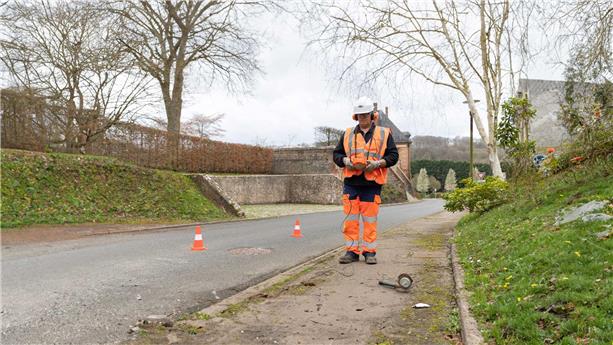
Non-Revenue Water (NRW)
Discover our tools and action plans to reduce Non-Revenue Water. Achieve sustainability with our solutions today!
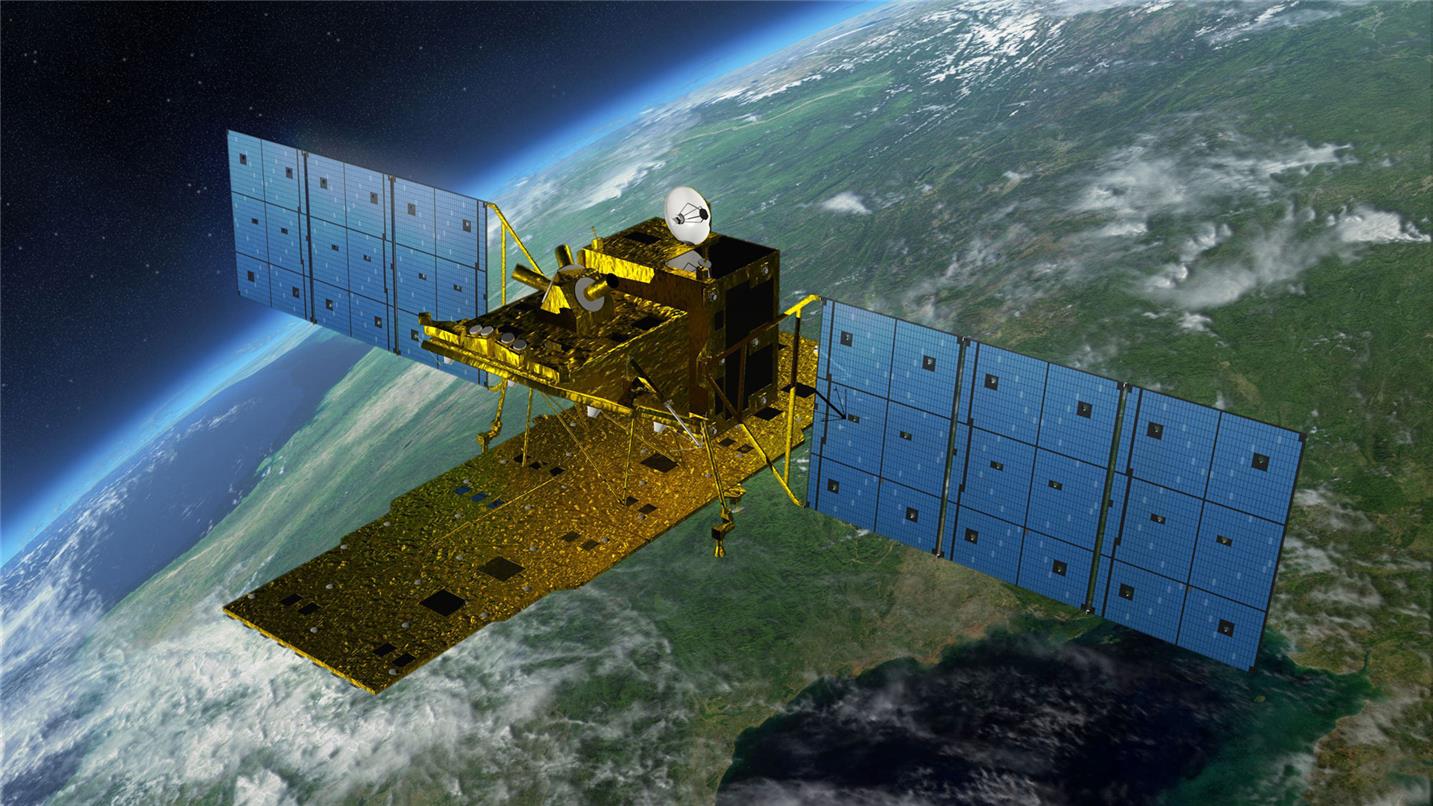
In their five-year Asset Management Plan (AMP), South Staffs Water, incorporating Cambridge Water, committed to reduce water leakage. The target is to reduce total leakage by a minimum of 15% from 2019/20 levels by 2024/25. This transformational reduction is to be achieved through a combination of prevention and active leakage control, identifying innovation in both areas to improve efficiency.
South Staffs Water supplies drinking water to 1.3m people and approximately 35,000 commercial customers over 1,500 square km in the West Midlands, South Staffordshire, South Derbyshire, North Warwickshire and North Worcestershire areas.
-15
%
The system uses radar sensors to penetrate the first few metres of earth and look for the unique signature of underground drinking water to show where leaks could be. Leaks can be detected under tarmac, earth, concrete or brick. The system produces satellite images covering 3,500km which are sent directly to the water company’s field staff who can then investigate the area and pinpoint the leak. This innovative technology has been adapted from the search for water on other planets, underscoring its high reliability and outstanding capability here on Earth.
This approach provides a non-invasive method to the problem of water network leakage. When compared with other leak detection methodologies, satellite-based leak detection has many benefits:
6 000
km
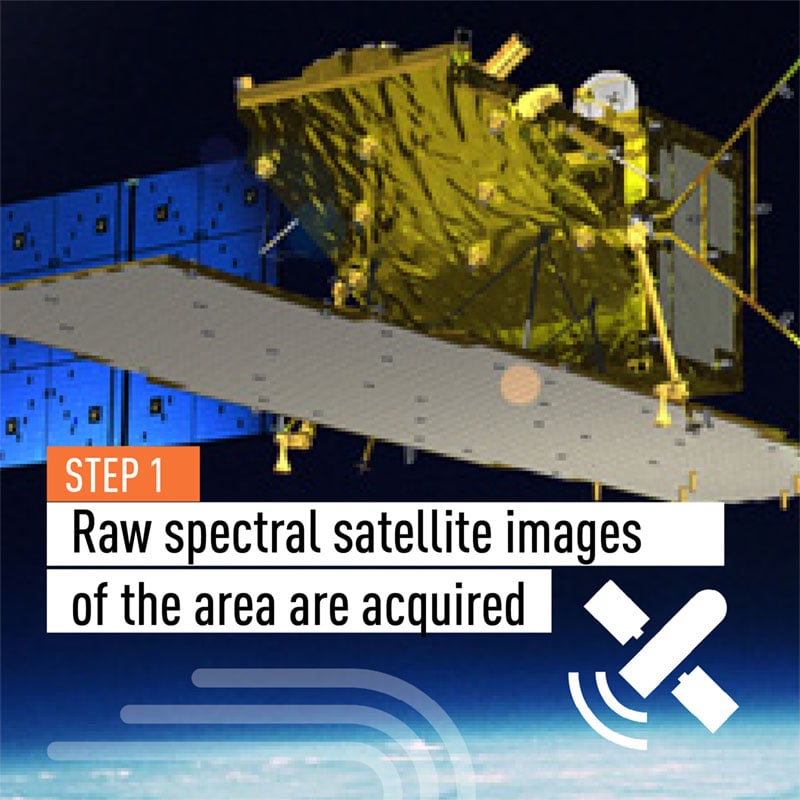
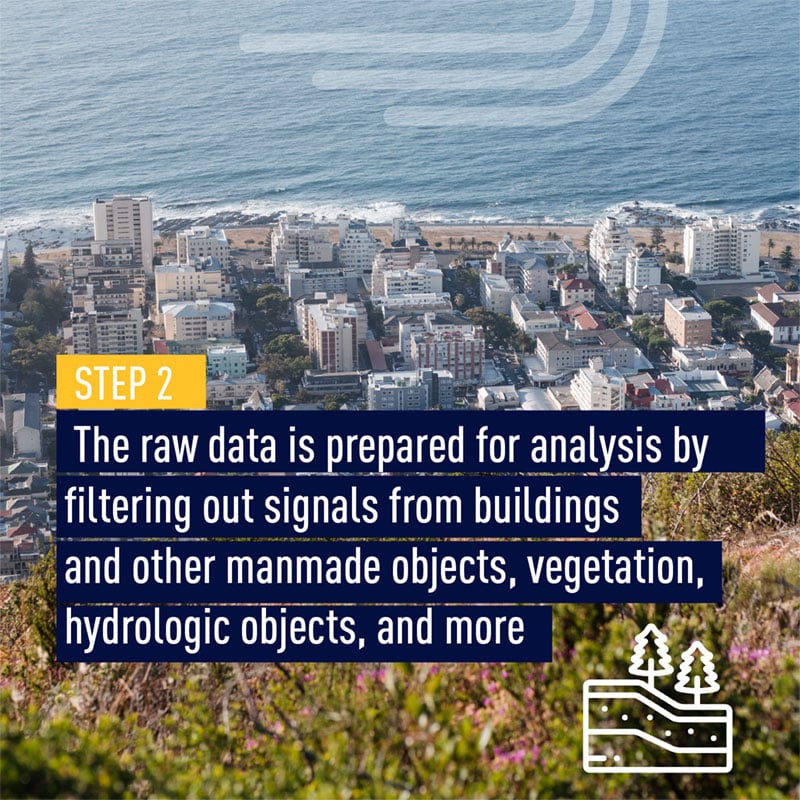
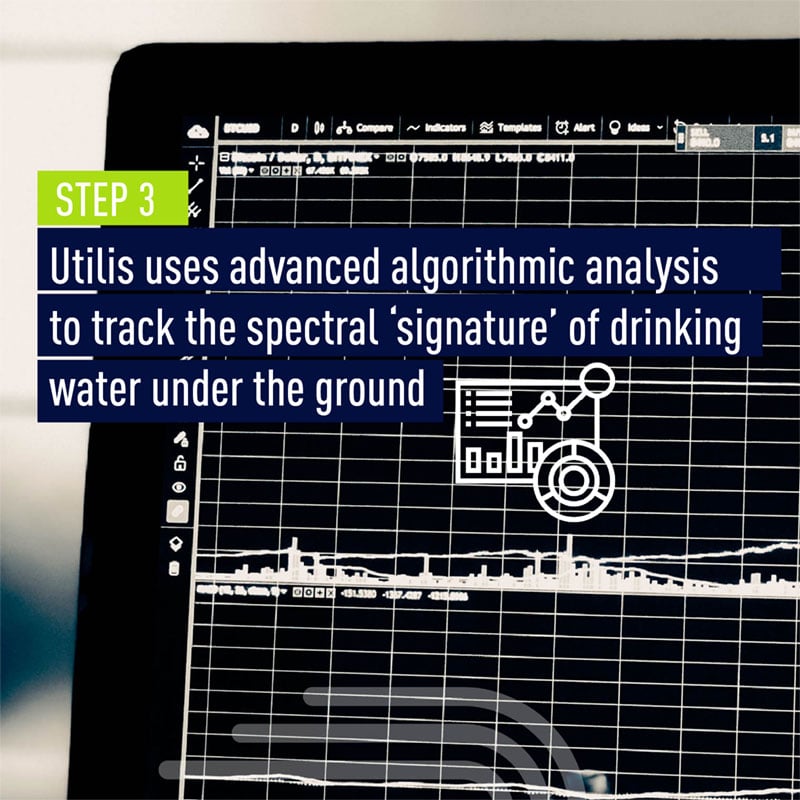
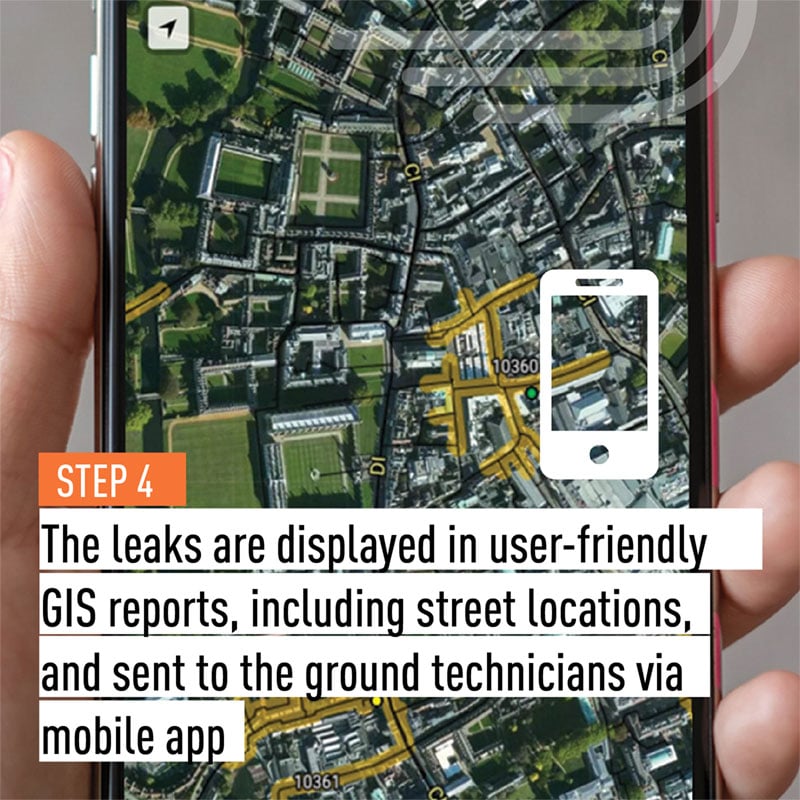
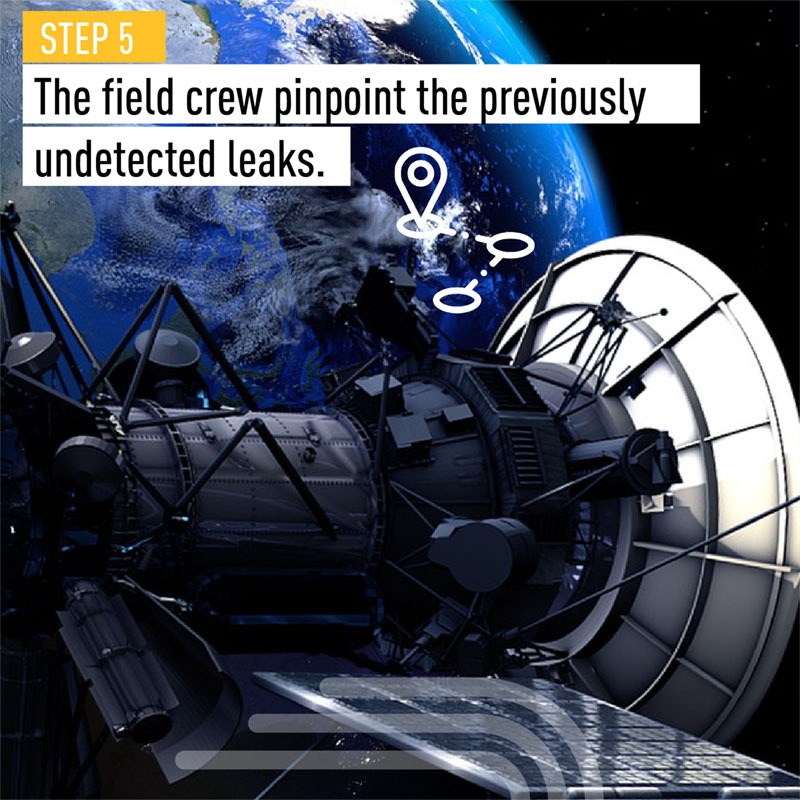
The leaks are detected across all types of asset types (mains, customer, valve, hydrant, etc), and all types of ground cover (tarmac, earth, concrete, brick, etc), and also across all pipe materials.
South Staffs Water are also looking to deploy satellite leak detection on an annual basis and ad-hoc runs for short, focussed campaigns in difficult district metered areas.
over 2
million
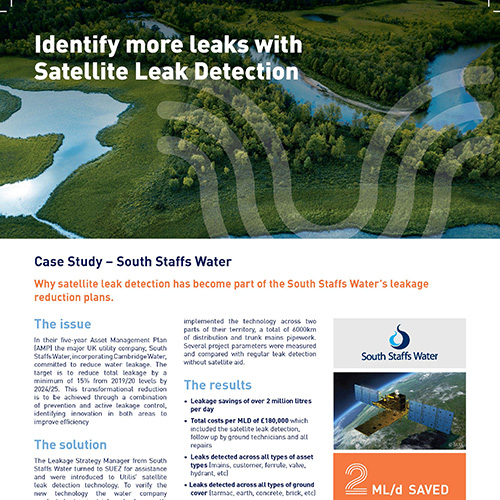
Identify more leaks with Satellite Leak Detection